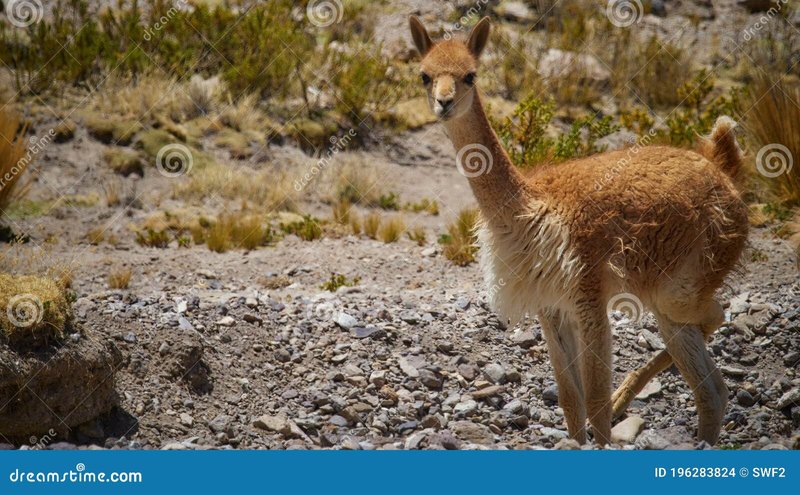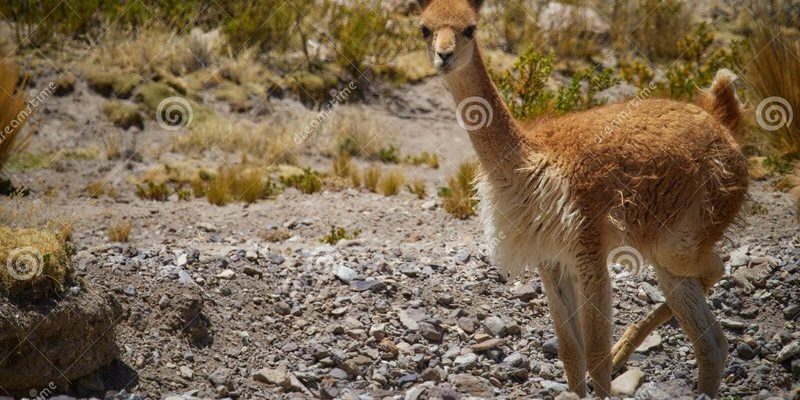
Thinking about the vicuna’s plight is like picturing a delicate flower growing on a rocky cliff. It’s beautiful but precariously balanced. The key to understanding its fragility lies in its history, ecology, and the challenges it faces today. By exploring these factors, we can better appreciate why vicunas deserve our attention and what we can do to help.
The Vicuna: A Unique Species
The vicuna (Vicugna vicugna) is a member of the camelid family, which also includes llamas and alpacas. What’s fascinating about vicunas is that they are wild, unlike their domesticated cousins. With their slender bodies and long necks, they are built perfectly to navigate steep Andean terrains. Their fiber is highly prized for its warmth and softness, making it one of the most expensive wools in the world.
Vicunas usually graze in herds, led by a dominant male. They thrive at elevations of around 3,200 to 4,800 meters (10,500 to 15,500 feet). Their diet mainly consists of grasses and other high-altitude vegetation. Here’s the thing: vicunas have adapted remarkably well to their harsh environments, but their survival is interlinked with human activity and environmental changes.
The Threats Facing Vicunas
You might be wondering what exactly threatens the vicuna. Several factors are at play. Habitat loss due to agriculture, overgrazing, and climate change have significantly impacted their natural habitats. As farmers expand their fields, vicunas lose the grazing lands they depend on. Additionally, climate change alters the delicate ecosystems they inhabit, affecting food availability.
Another major threat comes from illegal poaching. Vicunas are often hunted for their luxurious wool, which can fetch high prices in the market. Though hunting is regulated in some areas, illegal poaching still occurs, putting additional pressure on their populations. You can think of vicunas as the delicate balance in nature’s intricate web—when one strand is pulled, the entire structure is at risk.
Current Conservation Status
As of now, the vicuna is classified as “Least Concern” by the International Union for Conservation of Nature (IUCN). However, this doesn’t mean they are out of danger. Their populations have fluctuated over the years. In the past, aggressive hunting practices and habitat destruction led to drastic declines, prompting conservation efforts that have helped stabilize their numbers.
In some regions, vicunas are protected by law, and sustainable farming practices are encouraged. Conservation programs have been implemented to educate local communities about the importance of vicunas, both ecologically and economically. Let’s not forget that when communities thrive alongside wildlife, it creates a win-win situation for everyone involved.
Conservation Efforts in Action
Conservation initiatives aimed at protecting vicunas have gained momentum in recent years. Organizations and governments are working together to create protected areas where vicunas can thrive without the threat of poaching or habitat loss. For instance, the establishment of the Andean Wildlife Recovery Program has played a significant role in increasing vicuna populations in certain regions.
Moreover, local communities are often included in these conservation efforts. By involving them in sustainable harvesting of vicuna wool, they can benefit economically while also protecting this incredible species. It’s a powerful example of how conservation can foster cooperation and stewardship among people and nature.
What Can You Do to Help?
You might be wondering how you can contribute to the conservation of vicunas. Here are a few steps you can take:
- Support sustainable brands: Look for companies that source vicuna wool ethically.
- Educate yourself and others: Share information about vicunas to raise awareness.
- Volunteer or donate: Consider supporting organizations dedicated to wildlife conservation.
Every action counts! Even small choices can make a big difference in preserving the future of vicunas and their ecosystems.
Final Thoughts on Vicunas and Conservation
The vicuna is not just another animal; it represents the beauty and fragility of high-altitude ecosystems. By understanding the challenges it faces and the conservation efforts underway, we can appreciate the intricate balance of nature. If we work together, there’s hope that vicunas will continue to roam the Andean mountains, inspiring future generations with their grace and resilience.
So, the next time you think about these remarkable creatures, remember that your choices can help protect them. Together, let’s ensure that the vicuna—and the ecosystems they inhabit—thrives for years to come.

